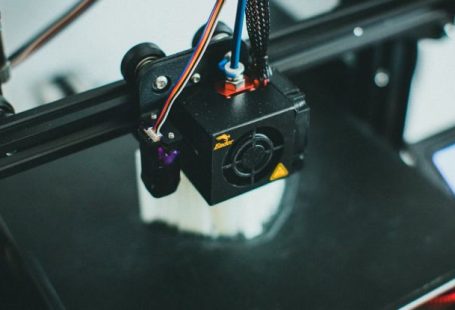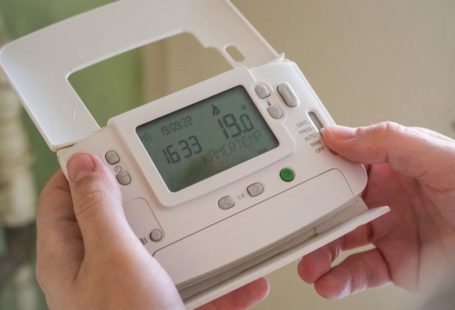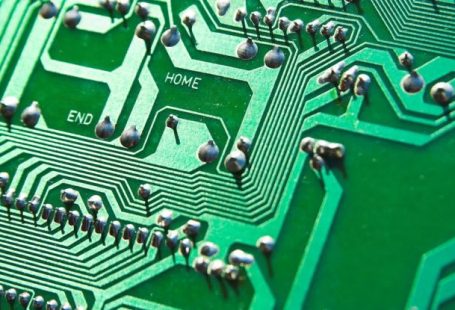Whether you are a gaming enthusiast, a content creator, or a professional in need of a compact yet powerful computing solution, a micro PC can be a versatile and convenient option. However, one common issue that users face with micro PCs is overheating due to their compact size and limited cooling capabilities. In this article, we will explore the process of creating a custom cooling system for your micro PC to ensure optimal performance and longevity of your hardware.
Understanding the Importance of Cooling in Micro PCs
Micro PCs are known for their compact size and portability, making them ideal for various applications where space is limited. However, the small form factor also poses a challenge when it comes to cooling the components effectively. Without proper cooling, the internal components of a micro PC can quickly overheat, leading to performance throttling, decreased lifespan of the hardware, and even permanent damage in some cases.
Selecting the Right Cooling Components
When it comes to creating a custom cooling system for your micro PC, the first step is to select the right cooling components based on your specific requirements. There are several options available, including air cooling solutions, liquid cooling systems, and hybrid setups that combine both methods. Consider factors such as the size of your micro PC case, the level of cooling performance needed for your hardware, and your budget when choosing the cooling components.
Installing the Cooling System
Once you have selected the appropriate cooling components for your micro PC, the next step is to install them in your system. Start by carefully following the manufacturer’s instructions for each component to ensure proper installation. Pay close attention to mounting the cooling fans, radiators, and other components securely to prevent any vibrations or movement that could impact their effectiveness.
Optimizing Airflow and Cable Management
In addition to installing the cooling components, optimizing airflow and cable management inside your micro PC is crucial for maintaining efficient cooling performance. Ensure that the cooling fans are positioned strategically to create a balanced airflow throughout the case, directing cool air towards the components that generate the most heat. Proper cable management not only improves the aesthetics of your system but also helps to prevent obstructions that could impede airflow and cooling.
Monitoring and Maintaining Your Cooling System
Once you have set up your custom cooling system for your micro PC, it is essential to monitor its performance regularly and conduct routine maintenance to ensure optimal operation. Use monitoring software to track the temperatures of your CPU, GPU, and other components to identify any potential issues or areas that may require additional cooling. Clean the cooling components and the interior of your micro PC regularly to prevent dust buildup, which can impede airflow and cooling efficiency.
Enhancing Cooling Performance with Additional Modifications
If you find that your custom cooling system is not providing adequate cooling for your micro PC, consider making additional modifications to enhance its performance. This could include upgrading to higher-performance cooling components, adding more fans or radiators, or even modifying the case to improve airflow. Experiment with different configurations and settings to find the optimal cooling solution for your specific hardware and usage requirements.
Conclusion: Ensuring Longevity and Performance of Your Micro PC
Creating a custom cooling system for your micro PC is a rewarding process that can significantly enhance the longevity and performance of your hardware. By understanding the importance of cooling, selecting the right components, optimizing airflow and cable management, monitoring and maintaining your system, and making additional modifications as needed, you can ensure that your micro PC stays cool and performs at its best for years to come. Invest the time and effort into building a custom cooling system tailored to your specific needs, and enjoy a reliable and efficient computing experience with your micro PC.





